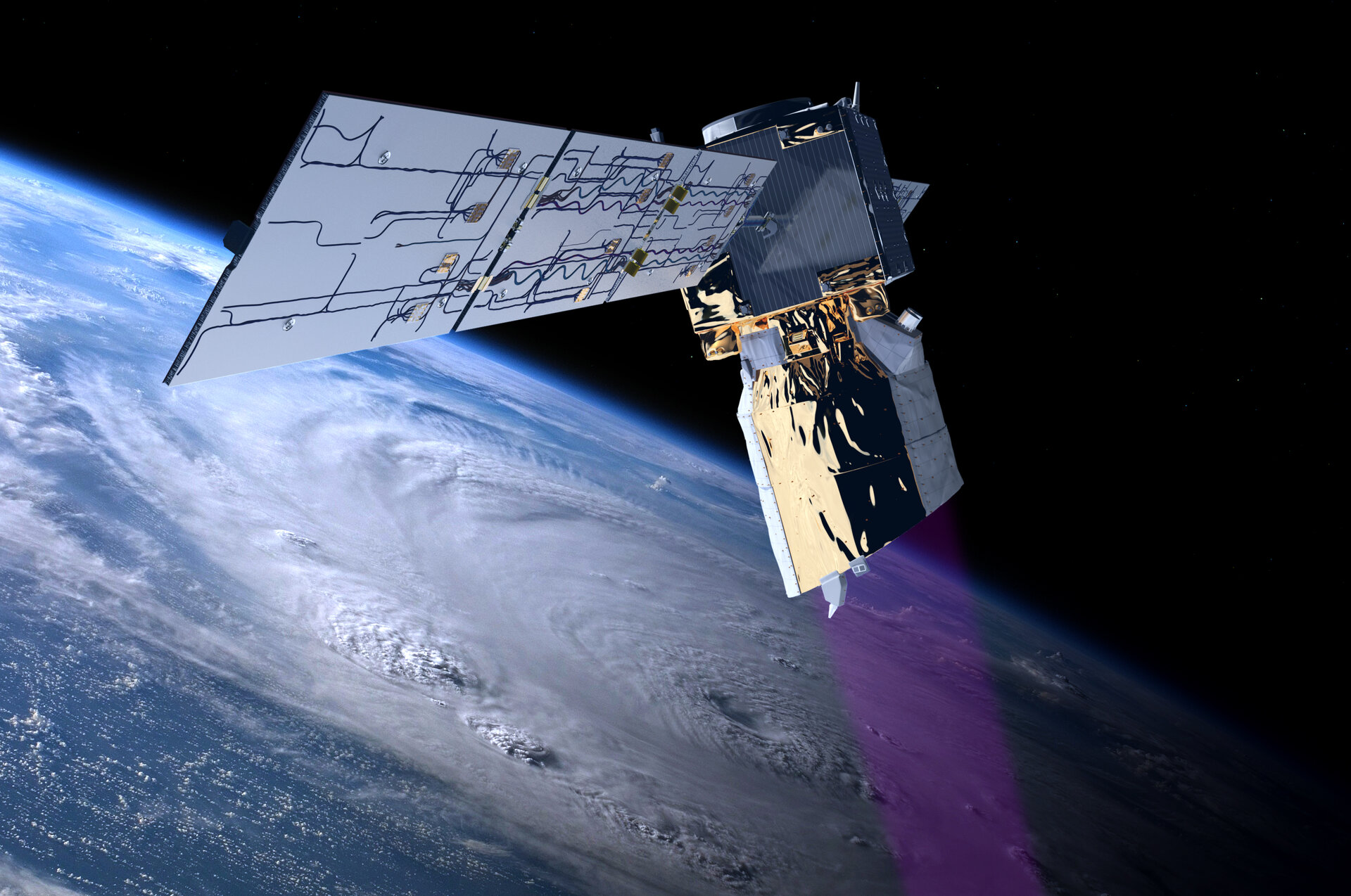ESA's Aeolus Sets New Standard for Safe Disposal of Satellites
In a significant development for space exploration, the European Space Agency's (ESA) Aeolus satellite has established a pioneering approach to ensure the safe and sustainable disposal of spacecraft. This achievement represents a major breakthrough in mitigating space debris and enhancing the safety of future Earth observation missions.
The Aeolus satellite, launched with the primary objective of measuring global wind patterns and improving weather forecasting, recently concluded its mission after exhausting its fuel reserves. To address the issue of its return to Earth, engineers devised an innovative re-entry strategy that guided the satellite to safely burn up in the Earth's atmosphere.
By meticulously planning the descent and directing the satellite to a designated area in the South Pacific Ocean, known as the "Spacecraft Cemetery," the mission demonstrated a commitment to responsible space exploration and adherence to international guidelines on space debris mitigation.
The successful re-entry of Aeolus not only sets a new standard for disposing of retired spacecraft but also highlights the importance of prioritising safety and sustainability in space operations. This accomplishment paves the way for future missions to adopt similar disposal strategies and helps mitigate the growing challenge of space debris as more satellites are launched into orbit.
As the global space community continues to explore and venture beyond Earth, responsible space operations and debris mitigation remain critical for the long-term viability of space exploration. The achievements of Aeolus inspire further collaboration and encourage the adoption of sustainable practices to ensure the safety of our planet and future generations.
